Global Perspectives on Bible and Violence
Published: May 2023
£70.00
This volume brings global perspectives to the fore, in what is the fourth of, at least, five volumes providing resources for researchers and in the classroom exploring the intersection between violence and biblical texts. It is the outcome of proceedings from a 2021 Centre for the Study of Bible and Violence (CSBV) conference, with contributors and participants from sixteen nations.
In addition to the geographical variety of contributions, the fifteen papers in this volume also reflect a group of scholars diverse in their discipline and field of interest. Some papers involve close textual study (such as Richard Middleton’s discussion of the Akedah) while others consider thematic subjects such as the contemporary problem of “Christianism” (Matthew Feldman) or the Bible’s entailment in the fetishization of virginity (Johanna Stiebert). Of particular note are three contributions from African scholars. Louis Ndekha brings the Malawian practice of Mob Justice into dialogue with Luke 6:27-29. Paul Chimhungwe writes on the problematic hermeneutical approaches which have informed the Apostles of Johanne Marange of Zimbabwe, which denies Western medicine to its followers. Lodewyk Sutton studies Psalm 58 to consider whether the imprecatory language used therein might constitute part of a ritual used to overcome trauma.
The CSBV is a postgraduate research and study centre dedicated to working in the twin areas of the interpretation of biblical violence and the weaponization of the Bible.
Global Perspectives on Bible and Violence
£70.00
This volume brings global perspectives to the fore, in what is the fourth of, at least, five volumes providing resources for researchers and in the classroom exploring the intersection between violence and biblical texts. It is the outcome of proceedings from a 2021 Centre for the Study of Bible and Violence (CSBV) conference, with contributors and participants from sixteen nations.
In addition to the geographical variety of contributions, the fifteen papers in this volume also reflect a group of scholars diverse in their discipline and field of interest. Some papers involve close textual study (such as Richard Middleton’s discussion of the Akedah) while others consider thematic subjects such as the contemporary problem of “Christianism” (Matthew Feldman) or the Bible’s entailment in the fetishization of virginity (Johanna Stiebert). Of particular note are three contributions from African scholars. Louis Ndekha brings the Malawian practice of Mob Justice into dialogue with Luke 6:27-29. Paul Chimhungwe writes on the problematic hermeneutical approaches which have informed the Apostles of Johanne Marange of Zimbabwe, which denies Western medicine to its followers. Lodewyk Sutton studies Psalm 58 to consider whether the imprecatory language used therein might constitute part of a ritual used to overcome trauma.
The CSBV is a postgraduate research and study centre dedicated to working in the twin areas of the interpretation of biblical violence and the weaponization of the Bible.
The Great Lady: Restoring Her Story
Published: Apr 2023
£85.00
In this, the eighteenth of Margaret Barker’s sequence of works on Temple Theology, she returns to give further and fuller attention to the figure of the Great Lady. Barker surveys the Hebrew Bible, Dead Sea Scrolls, New Testament and non- canonical texts from both Jewish and Christian traditions—and undertakes a re-telling of the story of the Great Lady’s shadowy but enduring presence in community memory and later writings.
This extensive volume has three parts:
The Great Lady in the first temple, revered as the heavenly Mother of the Davidic kings until King Josiah’s purge in 623BCE.
The Great Lady in the Book of Revelation, present in her ancient symbols and the hopes of her prophets, which Jesus knew.
The Great Lady hidden in the teaching of Jesus and stories about him, explaining why she was so important in the world of the early Church.
This close study of the Great Lady shows new significance in the words of the Hebrew prophets and the Qumran texts, and offers a new context for early Christian writings and so-called Gnostic texts. Barker shows how the first Christians brought the Great Lady back to their Temple Theology. She proposes that in this community Jesus her Son was the expected MelchiZedek and great high priest, and Mary of Nazareth was honoured as the Mother of God.
The Great Lady: Restoring Her Story
£85.00
In this, the eighteenth of Margaret Barker’s sequence of works on Temple Theology, she returns to give further and fuller attention to the figure of the Great Lady. Barker surveys the Hebrew Bible, Dead Sea Scrolls, New Testament and non- canonical texts from both Jewish and Christian traditions—and undertakes a re-telling of the story of the Great Lady’s shadowy but enduring presence in community memory and later writings.
This extensive volume has three parts:
The Great Lady in the first temple, revered as the heavenly Mother of the Davidic kings until King Josiah’s purge in 623BCE.
The Great Lady in the Book of Revelation, present in her ancient symbols and the hopes of her prophets, which Jesus knew.
The Great Lady hidden in the teaching of Jesus and stories about him, explaining why she was so important in the world of the early Church.
This close study of the Great Lady shows new significance in the words of the Hebrew prophets and the Qumran texts, and offers a new context for early Christian writings and so-called Gnostic texts. Barker shows how the first Christians brought the Great Lady back to their Temple Theology. She proposes that in this community Jesus her Son was the expected MelchiZedek and great high priest, and Mary of Nazareth was honoured as the Mother of God.
Joban Papers
Published: Apr 2023
£75.00
In this volume, David J.A. Clines—known for his magisterial three-volume commentary on Job in the Word Biblical Commentary series (1989–2011)—brings together a sequence of 27 of his papers on his favourite biblical book from a variety of publications.
In two sections, the wide-ranging Syntheses and the more focused Probes on particular chapters, this collection is a necessary adjunct to his commentary.
Among the titles in the Syntheses are:
- On the Poetic Achievement of the Book of Job
- Why Is There a Book of Job, and What Does It Do to You If You Read It?
- Job’s Fifth Friend: An Ethical Critique of the Book of Job
- Deconstructing the Book of Job
Among the Probes the reader will find:
- False Naivety in the Prologue to Job
- In Search of the Indian Job
- Quarter Days Gone: Job 24 and the Absence of God
- Those Golden Days: Job and the Perils of Nostalgia
- Putting Elihu in his Place: A Proposal for the Relocation of Job 32–37
- One or Two Things You May Not Know about the Universe
- The Worth of Animals in the Book of Job
- Job’s Crafty Conclusion, and Seven Interesting Things about the Epilogue to Job
Joban Papers
£75.00
In this volume, David J.A. Clines—known for his magisterial three-volume commentary on Job in the Word Biblical Commentary series (1989–2011)—brings together a sequence of 27 of his papers on his favourite biblical book from a variety of publications.
In two sections, the wide-ranging Syntheses and the more focused Probes on particular chapters, this collection is a necessary adjunct to his commentary.
Among the titles in the Syntheses are:
- On the Poetic Achievement of the Book of Job
- Why Is There a Book of Job, and What Does It Do to You If You Read It?
- Job’s Fifth Friend: An Ethical Critique of the Book of Job
- Deconstructing the Book of Job
Among the Probes the reader will find:
- False Naivety in the Prologue to Job
- In Search of the Indian Job
- Quarter Days Gone: Job 24 and the Absence of God
- Those Golden Days: Job and the Perils of Nostalgia
- Putting Elihu in his Place: A Proposal for the Relocation of Job 32–37
- One or Two Things You May Not Know about the Universe
- The Worth of Animals in the Book of Job
- Job’s Crafty Conclusion, and Seven Interesting Things about the Epilogue to Job
Play the Man! Biblical Imperatives to Masculinity
Published: Apr 2023
£75.00
David J.A. Clines argues in Play the Man! that masculinity is a script, written for men by their societies, a script that men in their various cultures act out their whole lives long: 'no one is born a man'. He has been quick to deploy the insights of sociologists, historians, educationists, health professionals, psychologists and other scholars investigating masculinity in the contemporary and ancient worlds.
The book's title is a recognition of masculinity as performance, and the Bible's depictions of males in action as far more than information or entertainment; they function as demands on the men who read them or have them read to them. Hence the subtitle, Biblical Imperatives to Masculinity, presumes that every biblical reference to the masculine is some kind of authoritative command.
Clines—in this collection of writings prepared across three decades—has seen biblical texts as an excellent test bed for research into masculinity in one ancient culture as well as being an indubitable influence upon views and practices of masculinity in our own time.
The bulk of the book consists of studies of individual characters and texts of the Bible, analysing and profiling the masculinity that is there attested, assumed and encouraged. In conclusion, Clines reflects on the continuing impact of the biblical imperatives to masculinity, their effect on men, women and religion, in our own time.
Play the Man! Biblical Imperatives to Masculinity
£75.00
David J.A. Clines argues in Play the Man! that masculinity is a script, written for men by their societies, a script that men in their various cultures act out their whole lives long: 'no one is born a man'. He has been quick to deploy the insights of sociologists, historians, educationists, health professionals, psychologists and other scholars investigating masculinity in the contemporary and ancient worlds.
The book's title is a recognition of masculinity as performance, and the Bible's depictions of males in action as far more than information or entertainment; they function as demands on the men who read them or have them read to them. Hence the subtitle, Biblical Imperatives to Masculinity, presumes that every biblical reference to the masculine is some kind of authoritative command.
Clines—in this collection of writings prepared across three decades—has seen biblical texts as an excellent test bed for research into masculinity in one ancient culture as well as being an indubitable influence upon views and practices of masculinity in our own time.
The bulk of the book consists of studies of individual characters and texts of the Bible, analysing and profiling the masculinity that is there attested, assumed and encouraged. In conclusion, Clines reflects on the continuing impact of the biblical imperatives to masculinity, their effect on men, women and religion, in our own time.
Violent Biblical Texts: New Approaches
Published: Oct 2022
£70.00
This volume is one of the fruits of a series of international conferences held at the Centre for the Study of Bible and Violence, Bristol. The thirteen articles included here have been assembled for the specific purpose of offering explicitly religious perspectives on biblical violence from a globally diverse group of Christian scholars.
Each author faces the challenge of how to interpret violent biblical texts in ways that remain situated within a Christian construct of the Bible. These raise major challenges—via ethically confounding texts—to providing a theologically coherent interpretation of biblical violence. Each writer, in turn, offers creative and constructive ways forward in dealing with the most problematic biblical material, based on two criteria:
• addressing a particular text or hermeneutical issue in view;
• advancing an approach that is applicable to other biblical texts.
The hermeneutical approaches are neither naïve nor sceptical but rather seek to off er innovative and fruitful avenues for interpreting the text from within the Christian religion.
This book offers a variety of resources to aid the interpretation from within a specifically Christian frame of reference. Of particular note is the round-table discussion, where three leading scholars in the study of the Canaanite conquest (Paul Copan, David Firth and William Ford) dialogue with one another on the subject, in a conversation moderated by Helen Paynter.
Violent Biblical Texts: New Approaches
£70.00
This volume is one of the fruits of a series of international conferences held at the Centre for the Study of Bible and Violence, Bristol. The thirteen articles included here have been assembled for the specific purpose of offering explicitly religious perspectives on biblical violence from a globally diverse group of Christian scholars.
Each author faces the challenge of how to interpret violent biblical texts in ways that remain situated within a Christian construct of the Bible. These raise major challenges—via ethically confounding texts—to providing a theologically coherent interpretation of biblical violence. Each writer, in turn, offers creative and constructive ways forward in dealing with the most problematic biblical material, based on two criteria:
• addressing a particular text or hermeneutical issue in view;
• advancing an approach that is applicable to other biblical texts.
The hermeneutical approaches are neither naïve nor sceptical but rather seek to off er innovative and fruitful avenues for interpreting the text from within the Christian religion.
This book offers a variety of resources to aid the interpretation from within a specifically Christian frame of reference. Of particular note is the round-table discussion, where three leading scholars in the study of the Canaanite conquest (Paul Copan, David Firth and William Ford) dialogue with one another on the subject, in a conversation moderated by Helen Paynter.
Map or Compass? The Bible on Violence
Published: Oct 2022
£70.00
The interpretation of biblical violence continues to present a complex challenge to interpreters, including those from belief, no belief and religious perspectives. Placing this interpretative task within the frame of generous collaboration, irenic listening, and multidisciplinary scholarship allows new perspectives to surface.
These principles were key to the range of papers given at the second annual conference in 2020 of the Bristol Centre for the Study of Bible and Violence in 2020—a postgraduate research and study centre dedicated to the interpretation of biblical texts of violence.
This edited book includes:
• three chapters which grapple with the violence of the conquest of Canaan —from Paul Copan, William Ford, and Helen Paynter;
• further explorations of violence in Deuteronomy, Judges, Ezekiel and Revelation;
• Mary Magdalene and modern sexual violence;
• Esther and Quentin Tarantino;
• contemporary representations of the crucifixion, forced marriage in Christian pedagogic materials, and a cross-reading of abattoirs
and the crucifixion.
This is the second of, at least, four volumes providing resources for researchers and in the classroom exploring the intersection between violence and biblical texts.
Map or Compass? The Bible on Violence
£70.00
The interpretation of biblical violence continues to present a complex challenge to interpreters, including those from belief, no belief and religious perspectives. Placing this interpretative task within the frame of generous collaboration, irenic listening, and multidisciplinary scholarship allows new perspectives to surface.
These principles were key to the range of papers given at the second annual conference in 2020 of the Bristol Centre for the Study of Bible and Violence in 2020—a postgraduate research and study centre dedicated to the interpretation of biblical texts of violence.
This edited book includes:
• three chapters which grapple with the violence of the conquest of Canaan —from Paul Copan, William Ford, and Helen Paynter;
• further explorations of violence in Deuteronomy, Judges, Ezekiel and Revelation;
• Mary Magdalene and modern sexual violence;
• Esther and Quentin Tarantino;
• contemporary representations of the crucifixion, forced marriage in Christian pedagogic materials, and a cross-reading of abattoirs
and the crucifixion.
This is the second of, at least, four volumes providing resources for researchers and in the classroom exploring the intersection between violence and biblical texts.
Eschatological Approval: The Structure and Unifying Motif of James
Published: Oct 2022
£65.00
The letter of James is not a haphazard collection of wisdom sayings, but a carefully assembled document with a unifying motif, according to Daniel K. Eng. By examining the structure and content of the epistle, he shows that James contains a coherent and consistent message of eschatological approval, that is, a favourable verdict at end-time judgment.
Eng establishes that James begins with a prologue (1:1-27), indicating the author’s concern for the hearers to receive eschatological approval. After that, Eng studies the document’s structure indicated by cohesive ties and bracketing, offering an informed outline for James 2–5.
With the outline in view, Eng shows how the content of each subsection refers to a favourable eschatological outcome. Discourse analysis plays a crucial role here, because the epistle’s author indicates the prominence of certain concepts through word order and dependent clauses.
Finally, Eng argues that James 1:12 serves as a thesis statement for the whole epistle, pointing the hearers to their route to a favourable end-time judgment. His resulting outline of James resembles a fish skeleton, with the unifying motif serving as a spine. Ultimately, this volume shows how the epistle’s structure and content alike point to its unifying theme: eschatological approval.
Eschatological Approval: The Structure and Unifying Motif of James
£65.00
The letter of James is not a haphazard collection of wisdom sayings, but a carefully assembled document with a unifying motif, according to Daniel K. Eng. By examining the structure and content of the epistle, he shows that James contains a coherent and consistent message of eschatological approval, that is, a favourable verdict at end-time judgment.
Eng establishes that James begins with a prologue (1:1-27), indicating the author’s concern for the hearers to receive eschatological approval. After that, Eng studies the document’s structure indicated by cohesive ties and bracketing, offering an informed outline for James 2–5.
With the outline in view, Eng shows how the content of each subsection refers to a favourable eschatological outcome. Discourse analysis plays a crucial role here, because the epistle’s author indicates the prominence of certain concepts through word order and dependent clauses.
Finally, Eng argues that James 1:12 serves as a thesis statement for the whole epistle, pointing the hearers to their route to a favourable end-time judgment. His resulting outline of James resembles a fish skeleton, with the unifying motif serving as a spine. Ultimately, this volume shows how the epistle’s structure and content alike point to its unifying theme: eschatological approval.
When Seeing is Reading: Visualizing the Reception of Biblical and Other Texts
Published: Oct 2022
£75.00
- How do Christian and Jewish exegeses, opinions and polemics of all ages interact in producing the visual art interpretations in any work, age, place, circumstance?
- From the artist’s side, what factors – of time, place, religion, reception, theology etc. – influence the interpretation that become a fixed image?
- And from the audience’s side – how, why, when are these art images received as authoritative and “true”, even more so than an actual Bible text?
- What are the cultural needs such works fulfil, or create?
When Seeing is Reading: Visualizing the Reception of Biblical and Other Texts
£75.00
- How do Christian and Jewish exegeses, opinions and polemics of all ages interact in producing the visual art interpretations in any work, age, place, circumstance?
- From the artist’s side, what factors – of time, place, religion, reception, theology etc. – influence the interpretation that become a fixed image?
- And from the audience’s side – how, why, when are these art images received as authoritative and “true”, even more so than an actual Bible text?
- What are the cultural needs such works fulfil, or create?
Bodies without Organs in the Gospel of Mark
Published: Aug 2022
£50.00
In this stimulating monograph, Villalobos Mendoza leads the diligent reader to a re-appreciation of Mark’s Jesus as an enabler of human freedom. The freedom that ought to be every human’s birthright is, we know, everywhere constrained by custom, regulation and law. But for the Jesus of Mark, order itself is disruptive, boundaries are transgressed, hierarchies are dismantled, and the bodies of humans, animals and trees are interconnected.
Villalobos Mendoza—taking his theoretical inspiration from the philosopher Gilles Deleuze—proposes Mark’s Jesus as the first figure to accomplish the ‘Body without Organs’ (BwO), the one who frees us from the oppression of the priest / institution / power / hierarchy. According to Deleuze, ‘the body is the body / it is all by itself / and has no need of organs / the body is never an organism / organisms are the enemies of the body’. This notion is helpful for understanding Jesus as the BwO, how Jesus’ body affects other bodies, and how those bodies function (or assemble) as an interkingdom of no-bodies.
The analysis of several Markan texts (Mk. 3.20- 35; 6.1-6; 1.12-13; 13.32-35; 14.27; 11.12-14; 14.51-52; 15.42-47; 16.1-8), is done through the interpretative lens of Deleuze and Félix Guattari whose co-authored works deliberately self-create new philosophical constructs, alongside BwO, such as: ‘any-space-whatever’, ‘de-re-territorialization’, ‘assemblage’, ‘rhizome’, ‘threes’, ‘Becoming(s)’, ‘interkingdoms’, ‘affects’, ‘people-yet-to-come’, ‘nomadism’, ‘eternal return’, ‘repetition’. By putting into dialogue insights from Deleuze and the Markan Jesus’ understanding of the kingdom of God, Villalobos Mendoza suggests the character of Jesus as the exemplary opponent of the apparatus of state which: organized, signified, subdued and subjected the human as well as the nonhuman ‘body’. This representation of Jesus creates a new interplay with the riddle of Deleuzean thought that argues that God and the judgement of God are the eternal enemy of the BwO!
Bodies without Organs in the Gospel of Mark
£50.00
In this stimulating monograph, Villalobos Mendoza leads the diligent reader to a re-appreciation of Mark’s Jesus as an enabler of human freedom. The freedom that ought to be every human’s birthright is, we know, everywhere constrained by custom, regulation and law. But for the Jesus of Mark, order itself is disruptive, boundaries are transgressed, hierarchies are dismantled, and the bodies of humans, animals and trees are interconnected.
Villalobos Mendoza—taking his theoretical inspiration from the philosopher Gilles Deleuze—proposes Mark’s Jesus as the first figure to accomplish the ‘Body without Organs’ (BwO), the one who frees us from the oppression of the priest / institution / power / hierarchy. According to Deleuze, ‘the body is the body / it is all by itself / and has no need of organs / the body is never an organism / organisms are the enemies of the body’. This notion is helpful for understanding Jesus as the BwO, how Jesus’ body affects other bodies, and how those bodies function (or assemble) as an interkingdom of no-bodies.
The analysis of several Markan texts (Mk. 3.20- 35; 6.1-6; 1.12-13; 13.32-35; 14.27; 11.12-14; 14.51-52; 15.42-47; 16.1-8), is done through the interpretative lens of Deleuze and Félix Guattari whose co-authored works deliberately self-create new philosophical constructs, alongside BwO, such as: ‘any-space-whatever’, ‘de-re-territorialization’, ‘assemblage’, ‘rhizome’, ‘threes’, ‘Becoming(s)’, ‘interkingdoms’, ‘affects’, ‘people-yet-to-come’, ‘nomadism’, ‘eternal return’, ‘repetition’. By putting into dialogue insights from Deleuze and the Markan Jesus’ understanding of the kingdom of God, Villalobos Mendoza suggests the character of Jesus as the exemplary opponent of the apparatus of state which: organized, signified, subdued and subjected the human as well as the nonhuman ‘body’. This representation of Jesus creates a new interplay with the riddle of Deleuzean thought that argues that God and the judgement of God are the eternal enemy of the BwO!
Lamentations: From Despair to Prayer
Published: May 2022
£65.00
The destruction of Jerusalem and its temple in the sixth century bce brought its inhabitants pain, a feeling of abandonment by God, and the loss of self-identity—and engendered the six poems of the book of Lamentations. Previous studies of the book have sought for its theological centre, or have read the book solely as an expression of grief, but in this innovative interpretation Elie Assis claims that its main aim is to impart hope to its exiled readers. The intention of Lamentations is to transport the mourners from despair to prayer, and to offer its assurance that the destruction must only be temporary because God has not severed his covenant with the people. The people's wish to feel themselves desired by God can be fulfilled, and the divine commitment is forever binding. Through his sensitive literary analysis Assis lays bare a progression of thought within each poem and as well from poem to poem; it is a movement, theological and emotional, from despair in the first poem to prayer and hope in the last.
Lamentations: From Despair to Prayer
£65.00
The destruction of Jerusalem and its temple in the sixth century bce brought its inhabitants pain, a feeling of abandonment by God, and the loss of self-identity—and engendered the six poems of the book of Lamentations. Previous studies of the book have sought for its theological centre, or have read the book solely as an expression of grief, but in this innovative interpretation Elie Assis claims that its main aim is to impart hope to its exiled readers. The intention of Lamentations is to transport the mourners from despair to prayer, and to offer its assurance that the destruction must only be temporary because God has not severed his covenant with the people. The people's wish to feel themselves desired by God can be fulfilled, and the divine commitment is forever binding. Through his sensitive literary analysis Assis lays bare a progression of thought within each poem and as well from poem to poem; it is a movement, theological and emotional, from despair in the first poem to prayer and hope in the last.
From Words to Meaning: Studies on Old Testament Language and Theology for David J. Reimer
Published: Dec 2021
£60.00
David J. Reimer, to whom this volume is dedicated, has taught over twenty years at New College in Edinburgh. During this time, he has published and supervised many projects in the areas of Hebrew language study and Old Testament theology. These two disciplines often stay each in their own territory. As a token of recognition to David's scholarship, From Words to Meaning is designed to bridge this gap and to demonstrate afresh how speaking theologically about the Old Testament is enriched when it focuses on how these ancient texts communicate their message.
With its analysis of selected literary aspects, words, and theological questions, the volume contributes to current methodological discussions in both disciplines. Each of its twelve essays provides a case study that models the crossover between theology and language study. Alongside up-to-date discussions about Bible translation and biblical theology, the volume sheds new light on old questions, such as resurrection and Christology in the Old Testament. Inasmuch as all of these items are established topics in Old Testament theology, From Words to Meaning highlights time and again how close attention to Hebrew language results in a more nuanced understanding. This holds true especially for the many exercises of lexical semantics and pragmatics that are included in the volume. Readers will benefit from the careful study of the words 'to save' and 'glory', but will also gain fresh insights into the rhetoric of David's tears, Hosea's culinary metaphors, and Jeremiah's speech quotation.
The combination of well-established writers and emerging new voices results in a rounded sample of how we may move 'from words to meaning'. With its expertise and methodological orientation, the volume is an excellent resource for all scholars who are interested in the interplay of theology and language in the field of Old Testament studies.
From Words to Meaning: Studies on Old Testament Language and Theology for David J. Reimer
£60.00
David J. Reimer, to whom this volume is dedicated, has taught over twenty years at New College in Edinburgh. During this time, he has published and supervised many projects in the areas of Hebrew language study and Old Testament theology. These two disciplines often stay each in their own territory. As a token of recognition to David's scholarship, From Words to Meaning is designed to bridge this gap and to demonstrate afresh how speaking theologically about the Old Testament is enriched when it focuses on how these ancient texts communicate their message.
With its analysis of selected literary aspects, words, and theological questions, the volume contributes to current methodological discussions in both disciplines. Each of its twelve essays provides a case study that models the crossover between theology and language study. Alongside up-to-date discussions about Bible translation and biblical theology, the volume sheds new light on old questions, such as resurrection and Christology in the Old Testament. Inasmuch as all of these items are established topics in Old Testament theology, From Words to Meaning highlights time and again how close attention to Hebrew language results in a more nuanced understanding. This holds true especially for the many exercises of lexical semantics and pragmatics that are included in the volume. Readers will benefit from the careful study of the words 'to save' and 'glory', but will also gain fresh insights into the rhetoric of David's tears, Hosea's culinary metaphors, and Jeremiah's speech quotation.
The combination of well-established writers and emerging new voices results in a rounded sample of how we may move 'from words to meaning'. With its expertise and methodological orientation, the volume is an excellent resource for all scholars who are interested in the interplay of theology and language in the field of Old Testament studies.
Women and Gender in the Bible: Texts, Intersections, Intertexts
Published: Dec 2021
£60.00
This volume has its origins in a conference entitled 'Women and Gender in the Bible and the Ancient World' (University of Glasgow, 2019), a symposium with a deliberately broad scope to encourage fresh research that might transcend already-defined categories. With responses from both emerging and established academics, as well as professionals outside the academy, this collection offers a breadth of explorations of the gendered landscapes and horizons that construct, and subvert, biblical womanhood, and its reception. Familiar figures such as Mary Magdalene, Eve, and Tamar are treated alongside unnamed women whose anonymity is revealing.
Exploring a range of performances from ritual to resistance, and from storytelling to sex work, the contributors aim to capture connections between biblical figures and their socio-political worlds, their afterlives and reworkings, and their continued resonances for today's readers and scholars of the Bible. Questions are raised about gendered status, transformation, territorialization and oppression of biblical women: the significance and complexity of their relationships within and outwith the texts that both constitute their confinements and provoke new lineages.
Women and Gender in the Bible offers challenging perspectives on our understanding of how we can establish creative transactions between ancient patriarchal cultures and modern post-industrial cultures via counter-readings, misreadings and outraged readings. Casting off the intolerable weight of hundreds of years of androcentric reception is both a starting point and an ultimate goal.
Women and Gender in the Bible: Texts, Intersections, Intertexts
£60.00
This volume has its origins in a conference entitled 'Women and Gender in the Bible and the Ancient World' (University of Glasgow, 2019), a symposium with a deliberately broad scope to encourage fresh research that might transcend already-defined categories. With responses from both emerging and established academics, as well as professionals outside the academy, this collection offers a breadth of explorations of the gendered landscapes and horizons that construct, and subvert, biblical womanhood, and its reception. Familiar figures such as Mary Magdalene, Eve, and Tamar are treated alongside unnamed women whose anonymity is revealing.
Exploring a range of performances from ritual to resistance, and from storytelling to sex work, the contributors aim to capture connections between biblical figures and their socio-political worlds, their afterlives and reworkings, and their continued resonances for today's readers and scholars of the Bible. Questions are raised about gendered status, transformation, territorialization and oppression of biblical women: the significance and complexity of their relationships within and outwith the texts that both constitute their confinements and provoke new lineages.
Women and Gender in the Bible offers challenging perspectives on our understanding of how we can establish creative transactions between ancient patriarchal cultures and modern post-industrial cultures via counter-readings, misreadings and outraged readings. Casting off the intolerable weight of hundreds of years of androcentric reception is both a starting point and an ultimate goal.
Epigraphy, Iconography, and the Bible
Published: Dec 2021
£85.00
The study of the Bible has long been illuminated by 'light from the East' (in the famous phrase of Adolf Deissmann in 1908). Almost daily, new artifacts and inscriptions are announced that will have an impact on how the Bible is read and understood.
Following Meir Lubetski's SPP collection New Seals and Inscriptions, Hebrew, Idumean and Cuneiform in 2007 and his Festschrift, Visions of Life in Biblical Times in 2015, the present volume garners papers from a wide and distinguished panel of specialists in the Ancient Near East that revisit former assumptions and present new insights on the relevance of its material culture to the Bible.
Among the papers, Alan Millard reviews the issue of the use of the early alphabets, André Lemaire revisits the Mesha stele (the Moabite Stone), and Pieter Gert van der Veen takes a fresh look at the seal of Shema with its famous lion (still adorning the cover of the Journal for the Study of the Old Testament). Bezalel Porten contributes a fascinating study, illustrated by twenty colour diagrams, of documents on papyrus or ostraca requesting provisions from storerooms—an insight into the practicalities of daily administrative life in Egypt, Idumea and Israel.
There are papers also on the arks of the Hebrew Bible (Yigal Levin), on alleged identifications of Hebrew kings in inscriptions (Lawrence Mykytiuk), on literary images in the Tell Fekheriye inscription and the book of Lamentations (Gideon Kotzé) and on Judaean pillar figurines of women that are ubiquitous in archaeological excavations from Iron Age Judah.
Epigraphy, Iconography, and the Bible, in sum, is something of a cornucopia of new and revised data about the Hebrew Bible in its ancient context, intelligible to scholars, students and a more general public alike.
Epigraphy, Iconography, and the Bible
£85.00
The study of the Bible has long been illuminated by 'light from the East' (in the famous phrase of Adolf Deissmann in 1908). Almost daily, new artifacts and inscriptions are announced that will have an impact on how the Bible is read and understood.
Following Meir Lubetski's SPP collection New Seals and Inscriptions, Hebrew, Idumean and Cuneiform in 2007 and his Festschrift, Visions of Life in Biblical Times in 2015, the present volume garners papers from a wide and distinguished panel of specialists in the Ancient Near East that revisit former assumptions and present new insights on the relevance of its material culture to the Bible.
Among the papers, Alan Millard reviews the issue of the use of the early alphabets, André Lemaire revisits the Mesha stele (the Moabite Stone), and Pieter Gert van der Veen takes a fresh look at the seal of Shema with its famous lion (still adorning the cover of the Journal for the Study of the Old Testament). Bezalel Porten contributes a fascinating study, illustrated by twenty colour diagrams, of documents on papyrus or ostraca requesting provisions from storerooms—an insight into the practicalities of daily administrative life in Egypt, Idumea and Israel.
There are papers also on the arks of the Hebrew Bible (Yigal Levin), on alleged identifications of Hebrew kings in inscriptions (Lawrence Mykytiuk), on literary images in the Tell Fekheriye inscription and the book of Lamentations (Gideon Kotzé) and on Judaean pillar figurines of women that are ubiquitous in archaeological excavations from Iron Age Judah.
Epigraphy, Iconography, and the Bible, in sum, is something of a cornucopia of new and revised data about the Hebrew Bible in its ancient context, intelligible to scholars, students and a more general public alike.
Vision and Voice: Revelatory Experience in the Formation of Christian Identity
Published: Oct 2021
£60.00
Vision and Voice explores the impact of revelatory events (such as visions and voices) upon early Christian self-identity. In the Gospels, revelatory events, like the transfiguration, the voice from heaven in John 12, and Jesus' baptism, burst into the narrative almost gratuitously, without leaving a tangible, lasting impression on those who witness them. Yet from these revelatory experiences there emerged a story of how early Christians came to think of themselves as a community of Jesus followers. The revelatory events of the Gospels became an invitation to their readers to enter into the experience of Jesus' disciples, to see what they saw, to hear what they heard, reliving the visions and voices remembered by these first witnesses.
Vision and Voice: Revelatory Experience in the Formation of Christian Identity
£60.00
Vision and Voice explores the impact of revelatory events (such as visions and voices) upon early Christian self-identity. In the Gospels, revelatory events, like the transfiguration, the voice from heaven in John 12, and Jesus' baptism, burst into the narrative almost gratuitously, without leaving a tangible, lasting impression on those who witness them. Yet from these revelatory experiences there emerged a story of how early Christians came to think of themselves as a community of Jesus followers. The revelatory events of the Gospels became an invitation to their readers to enter into the experience of Jesus' disciples, to see what they saw, to hear what they heard, reliving the visions and voices remembered by these first witnesses.
A Theology of Genocide? : Reading Deuteronomy 20
Published: Oct 2021
£70.00
The twentieth century has been described, not without justification, as the 'Century of Genocide'. Whole groups of people have been targeted for slaughter because of their ethnicity or religion, from Armenia to Rwanda. Against this background, how are we to understand the command in Deuteronomy to 'not leave alive anything that breathes' of the Canaanite nations present in the Promised Land (Deut 20.17-18)?
In this penetrating study, Milner begins by asking if this passage has been used to justify genocidal violence (it has, but not nearly as much as some have thought). He then considers how such texts have been understood, demonstrating that most readers have taken the passage allegorically, as a metaphor for the interior struggle against sin.
That may seem to be too easy a solution. Yet, looking at modern historical and literary analyses of the text, Milner shows that the original audiences of this passage would also have taken it symbolically, since they lived many generations after the 'narrated time' of the Conquest when no Canaanites populations remained to be exterminated. Further, the narrative itself demonstrates that the 'military option' was a complete failure, and does not commend it to the audience of the text.
Milner argues that God no more commanded genocide than he wandered about in the evening breeze in Eden (Gen 3:8) or encouraged Satan to persecute and tempt Job (Job 1-2). This is by no means a new insight, he says, tracing it back to early Christian theologians, particularly Origen and Gregory of Nyssa, who argued that passages not 'worthy of God' should not be interpreted literally.
A Theology of Genocide? : Reading Deuteronomy 20
£70.00
The twentieth century has been described, not without justification, as the 'Century of Genocide'. Whole groups of people have been targeted for slaughter because of their ethnicity or religion, from Armenia to Rwanda. Against this background, how are we to understand the command in Deuteronomy to 'not leave alive anything that breathes' of the Canaanite nations present in the Promised Land (Deut 20.17-18)?
In this penetrating study, Milner begins by asking if this passage has been used to justify genocidal violence (it has, but not nearly as much as some have thought). He then considers how such texts have been understood, demonstrating that most readers have taken the passage allegorically, as a metaphor for the interior struggle against sin.
That may seem to be too easy a solution. Yet, looking at modern historical and literary analyses of the text, Milner shows that the original audiences of this passage would also have taken it symbolically, since they lived many generations after the 'narrated time' of the Conquest when no Canaanites populations remained to be exterminated. Further, the narrative itself demonstrates that the 'military option' was a complete failure, and does not commend it to the audience of the text.
Milner argues that God no more commanded genocide than he wandered about in the evening breeze in Eden (Gen 3:8) or encouraged Satan to persecute and tempt Job (Job 1-2). This is by no means a new insight, he says, tracing it back to early Christian theologians, particularly Origen and Gregory of Nyssa, who argued that passages not 'worthy of God' should not be interpreted literally.
Nehemiah: A Commentary
Published: Oct 2021
£60.00
Lisbeth Fried’s commentary on Nehemiah is the second instalment of her two-volume commentary on Ezra–Nehemiah. The first instalment, Ezra, was published by Sheffield Phoenix in 2015. Like her commentary on Ezra, Nehemiah too takes full advantage of recent results in archaeology and numismatics, as well as in the mechanisms of Persian and Hellenistic rule, and in the influence of the Hellenistic and Maccabean Wars on Jewish writings.
Like her Ezra, the present volume includes a new translation of the book of Nehemiah, plus text-critical notes on each verse which compare and contrast the Greek, Latin and Syriac versions. The Introduction and extensive chapter commentaries provide a discussion of the larger historical and literary issues.
Although not finalized until the Maccabean period, the book of Nehemiah contains a temple foundation document from the time of Darius I, a story of rebuilding and dedicating a city wall around Jerusalem in the mid-fifth century, and a memoir from a fifth-century governor of Judah. Numerous additions and lists that date from the Hellenistic and Maccabean periods complete the book.
Fried concludes that the book of Nehemiah contains two separate first-person reports—one by the wall-builder, wine steward of Artaxerxes I, whose name we do not know, and one by Yeho’ezer, a fifth-century governor of Judah. We know his name from seals found at the governor’s mansion at Ramat Raḥel. Nehemiah, whose full name was actually Nehemiah Attiršata ben Ḥacaliah, neither built the wall around Jerusalem nor served as a fifth-century governor of Judah, Fried argues. Rather, he was a Persian Jew who had charge of the temple priesthood under Zerubbabel in the days of Darius I.
Fried’s commentary promises to revolutionize how we read the book of Nehemiah.
Nehemiah: A Commentary
£60.00
Lisbeth Fried’s commentary on Nehemiah is the second instalment of her two-volume commentary on Ezra–Nehemiah. The first instalment, Ezra, was published by Sheffield Phoenix in 2015. Like her commentary on Ezra, Nehemiah too takes full advantage of recent results in archaeology and numismatics, as well as in the mechanisms of Persian and Hellenistic rule, and in the influence of the Hellenistic and Maccabean Wars on Jewish writings.
Like her Ezra, the present volume includes a new translation of the book of Nehemiah, plus text-critical notes on each verse which compare and contrast the Greek, Latin and Syriac versions. The Introduction and extensive chapter commentaries provide a discussion of the larger historical and literary issues.
Although not finalized until the Maccabean period, the book of Nehemiah contains a temple foundation document from the time of Darius I, a story of rebuilding and dedicating a city wall around Jerusalem in the mid-fifth century, and a memoir from a fifth-century governor of Judah. Numerous additions and lists that date from the Hellenistic and Maccabean periods complete the book.
Fried concludes that the book of Nehemiah contains two separate first-person reports—one by the wall-builder, wine steward of Artaxerxes I, whose name we do not know, and one by Yeho’ezer, a fifth-century governor of Judah. We know his name from seals found at the governor’s mansion at Ramat Raḥel. Nehemiah, whose full name was actually Nehemiah Attiršata ben Ḥacaliah, neither built the wall around Jerusalem nor served as a fifth-century governor of Judah, Fried argues. Rather, he was a Persian Jew who had charge of the temple priesthood under Zerubbabel in the days of Darius I.
Fried’s commentary promises to revolutionize how we read the book of Nehemiah.
Herald of Good Tidings: Essays on the Bible, Prophecy, and the Hope of Israel in Honour of Antti Laato
Published: Sep 2021
£90.00
This volume is dedicated to the prominent biblical scholar, Antti Laato, of Åbo Akademi University, Finland, on the occasion of his sixtieth birthday. In his extensive and many-faceted scholarly work spanning more than 35 years, there have been some focal points. One has been the Book of Isaiah, and, more broadly, the prophetic books and the messianic hopes they contain. From the 2010s onwards, another aspect has gained more visibility in Antti Laato's work: the reception history of the Bible —the Hebrew Bible in particular —in both Judaism and Christianity. Herald of Good Tidings is a collection of papers, by nineteen scholars mainly from the Nordic countries, on the heralds of redemption and hope, the prophets —their voice, words and deeds, and on the status and role of these prophets.
The first part of the volume concerns the world of the Hebrew Bible: biblical prophetism, the prophets themselves and their books.
The second part is devoted to the continuing message of the prophets in its post-biblical Jewish and Christian reception. A key aspect is their message of a bright future, whether about hope in general or about the Messiah. Their words are constantly being interpreted, sometimes personalities of the post-biblical era also being seen as prophetic figures.
The brief third part of the book illustrates the ongoing influence of the prophets in times yet more distant than the post-biblical age from the prophets of the Hebrew Bible.
Herald of Good Tidings: Essays on the Bible, Prophecy, and the Hope of Israel in Honour of Antti Laato
£90.00
This volume is dedicated to the prominent biblical scholar, Antti Laato, of Åbo Akademi University, Finland, on the occasion of his sixtieth birthday. In his extensive and many-faceted scholarly work spanning more than 35 years, there have been some focal points. One has been the Book of Isaiah, and, more broadly, the prophetic books and the messianic hopes they contain. From the 2010s onwards, another aspect has gained more visibility in Antti Laato's work: the reception history of the Bible —the Hebrew Bible in particular —in both Judaism and Christianity. Herald of Good Tidings is a collection of papers, by nineteen scholars mainly from the Nordic countries, on the heralds of redemption and hope, the prophets —their voice, words and deeds, and on the status and role of these prophets.
The first part of the volume concerns the world of the Hebrew Bible: biblical prophetism, the prophets themselves and their books.
The second part is devoted to the continuing message of the prophets in its post-biblical Jewish and Christian reception. A key aspect is their message of a bright future, whether about hope in general or about the Messiah. Their words are constantly being interpreted, sometimes personalities of the post-biblical era also being seen as prophetic figures.
The brief third part of the book illustrates the ongoing influence of the prophets in times yet more distant than the post-biblical age from the prophets of the Hebrew Bible.
Explanations for Exile in Amos
Published: July 2021
£60.00
In four places, Amos announces Israel's coming exile to Assyria: 4.1-3, 5.25-27, 6.1-14 and 7.7-17. It will be Yahweh's punishment for social injustice. But who is to blame?
Most scholars think it is the women (and men) of the mid-eighth-century BCE Israelite upper class. Not so, says Campos. It is the kings who are the culprits. Kings should champion social justice, as we know from ancient Near Eastern texts and biblical books like Jeremiah, and the endurance of the kingship depends on their upholding justice. Kings must also remain loyal Yahwists, and keep clear of alliances with foreign powers. The kingship has failed on these counts.
In this forensic overturning of time-honoured readings of Amos's oracles, and with a fresh eye for his metaphors, Martha Campos outs the successors of Jeroboam (7.9) as the cows of Bashan (4.1), manufacturers of images for non-Yahwistic worship, especially of Ninurta/Sakkuth (5.26), lounging on couches at their banquets (6.4). And Amos himself is a tin wall (7.8), strong enough to fend off the arrows of his opponents.
Explanations for Exile will be a breath of fresh air for scholars and students of the prophet Amos.
Explanations for Exile in Amos
£60.00
In four places, Amos announces Israel's coming exile to Assyria: 4.1-3, 5.25-27, 6.1-14 and 7.7-17. It will be Yahweh's punishment for social injustice. But who is to blame?
Most scholars think it is the women (and men) of the mid-eighth-century BCE Israelite upper class. Not so, says Campos. It is the kings who are the culprits. Kings should champion social justice, as we know from ancient Near Eastern texts and biblical books like Jeremiah, and the endurance of the kingship depends on their upholding justice. Kings must also remain loyal Yahwists, and keep clear of alliances with foreign powers. The kingship has failed on these counts.
In this forensic overturning of time-honoured readings of Amos's oracles, and with a fresh eye for his metaphors, Martha Campos outs the successors of Jeroboam (7.9) as the cows of Bashan (4.1), manufacturers of images for non-Yahwistic worship, especially of Ninurta/Sakkuth (5.26), lounging on couches at their banquets (6.4). And Amos himself is a tin wall (7.8), strong enough to fend off the arrows of his opponents.
Explanations for Exile will be a breath of fresh air for scholars and students of the prophet Amos.

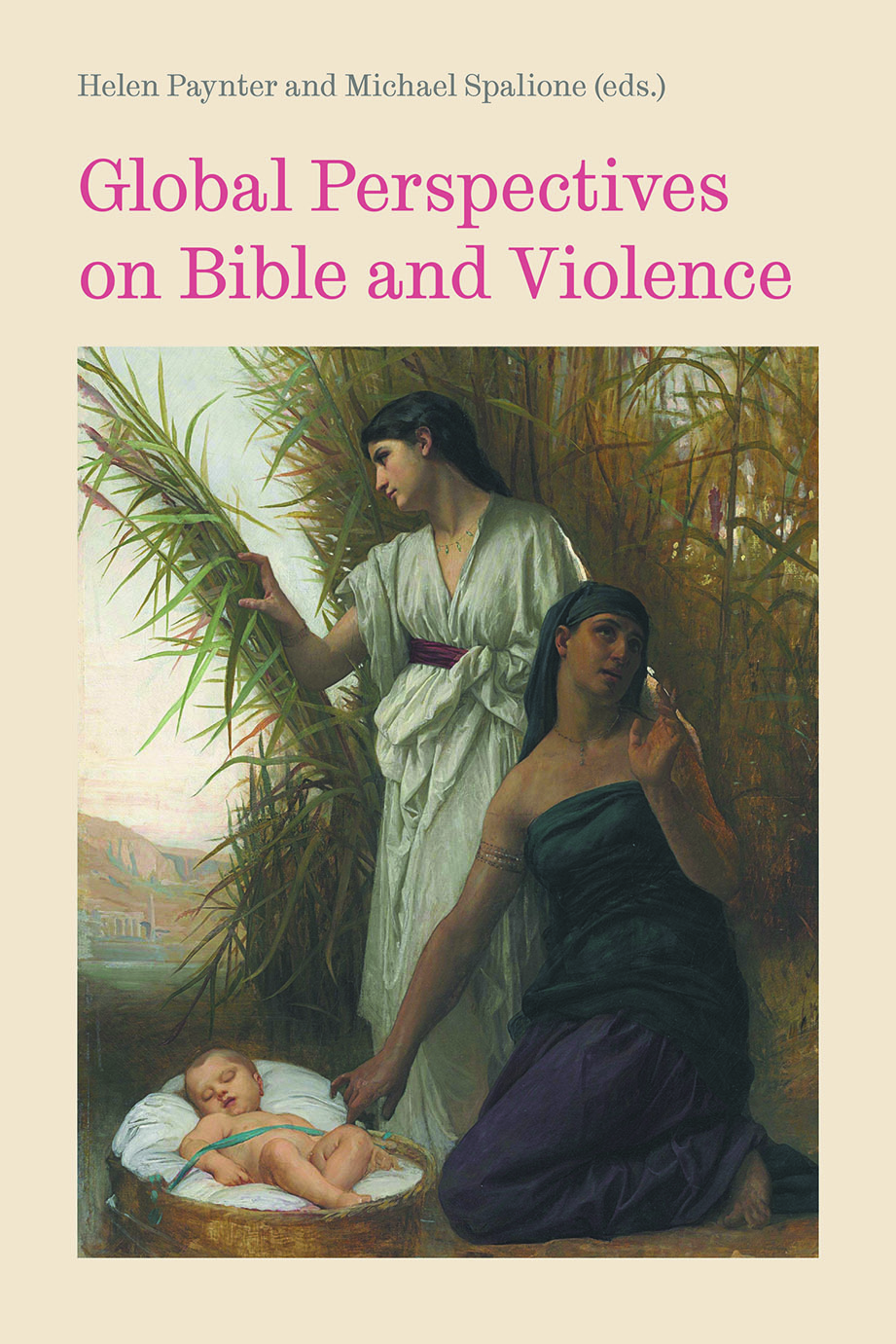

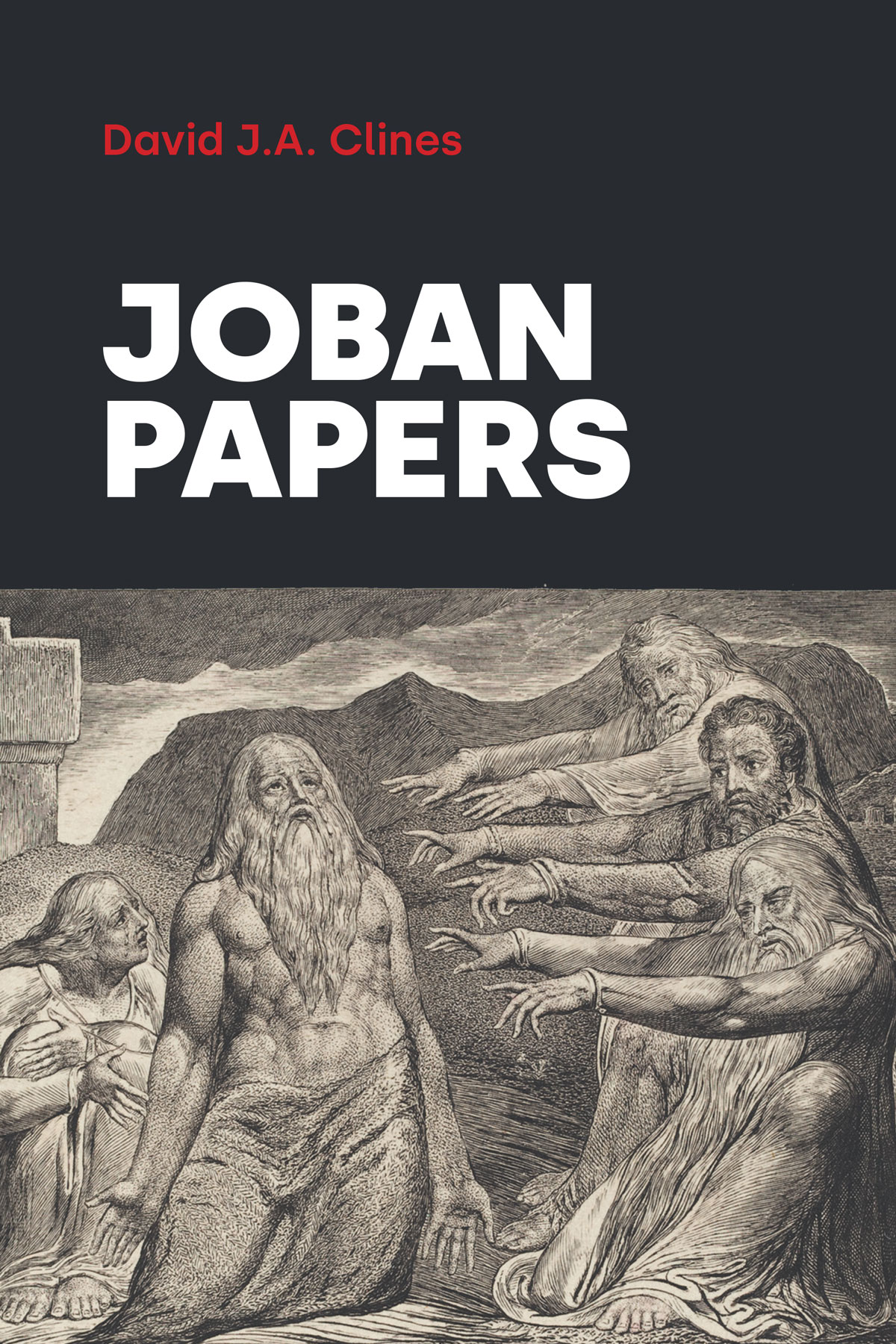
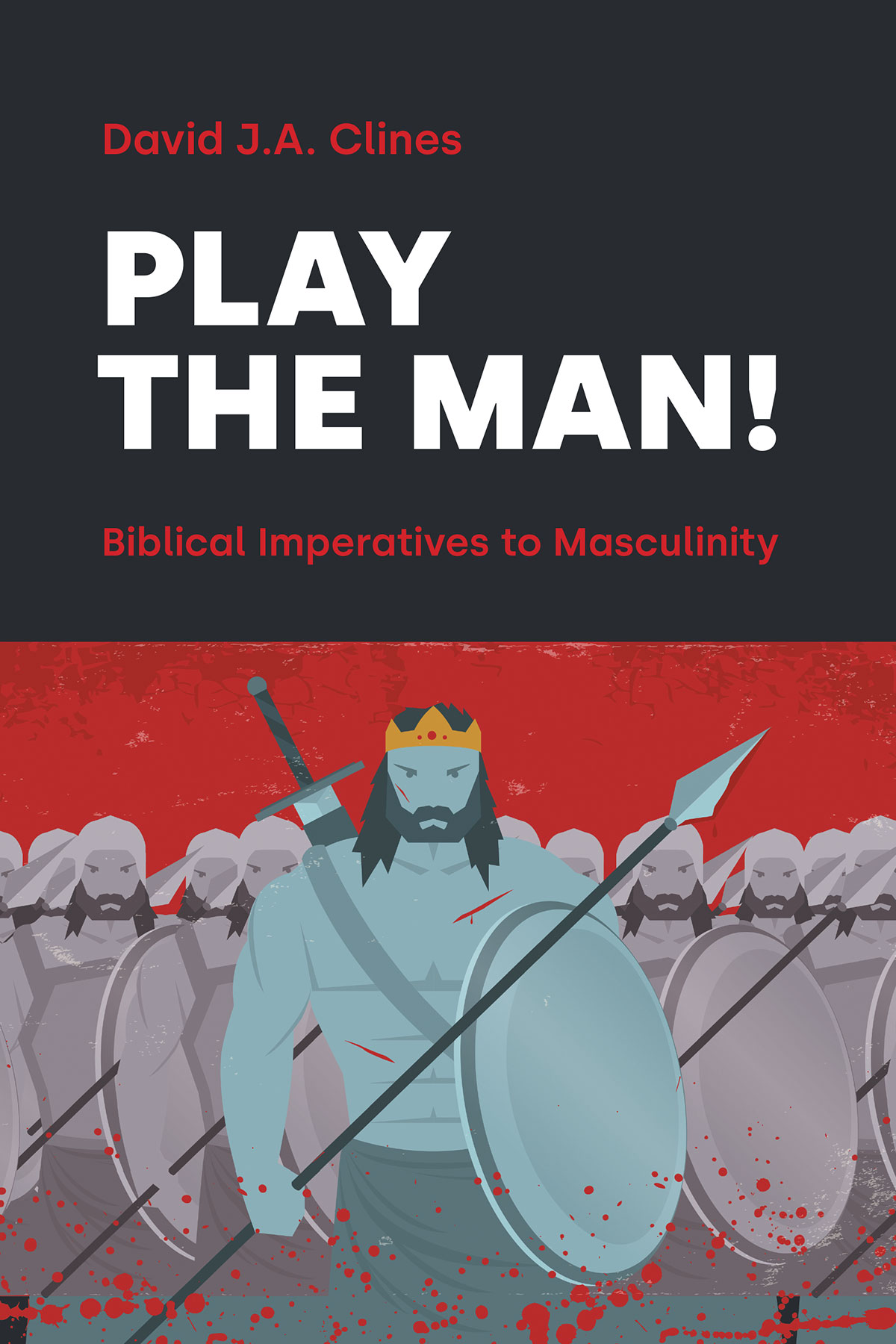
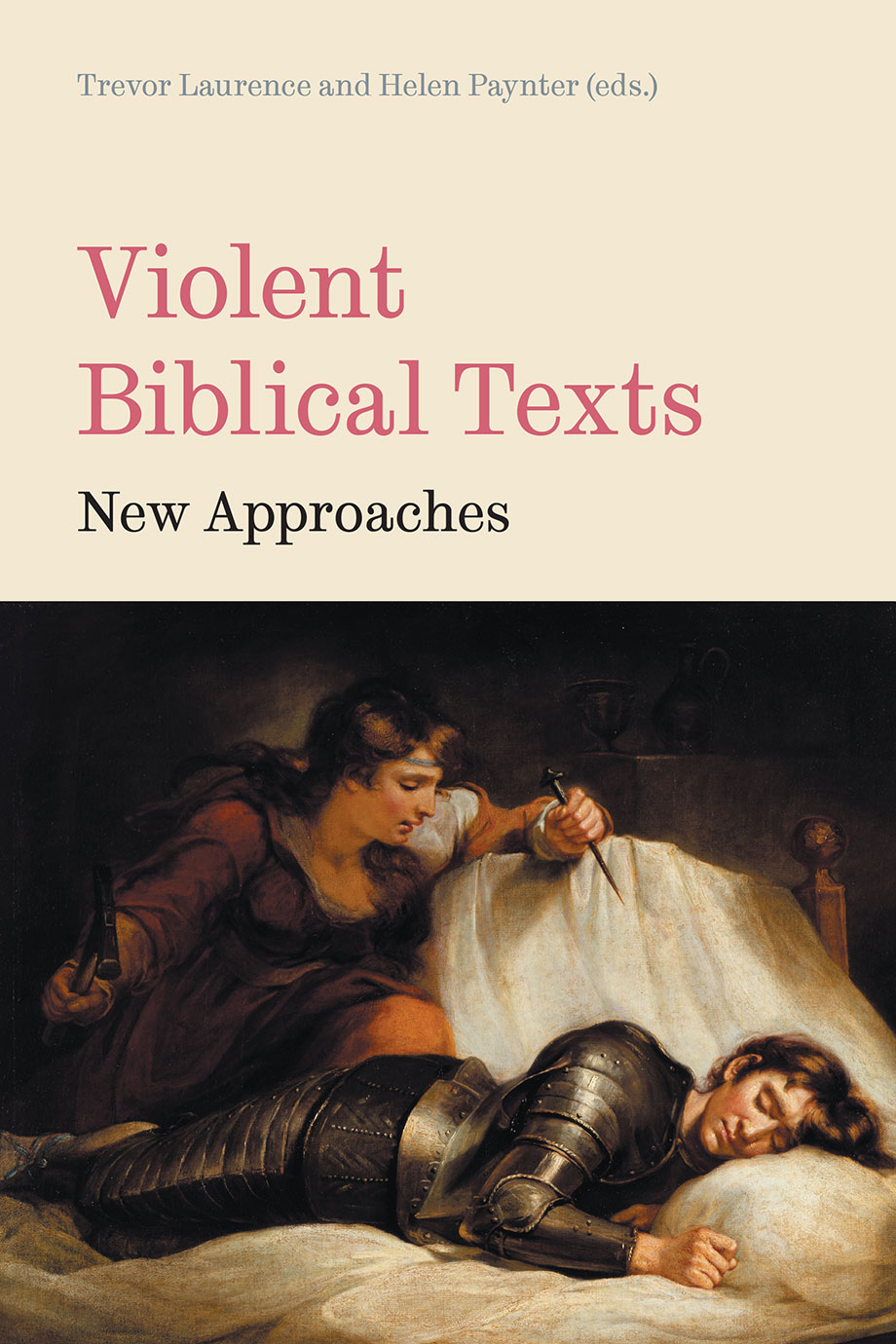
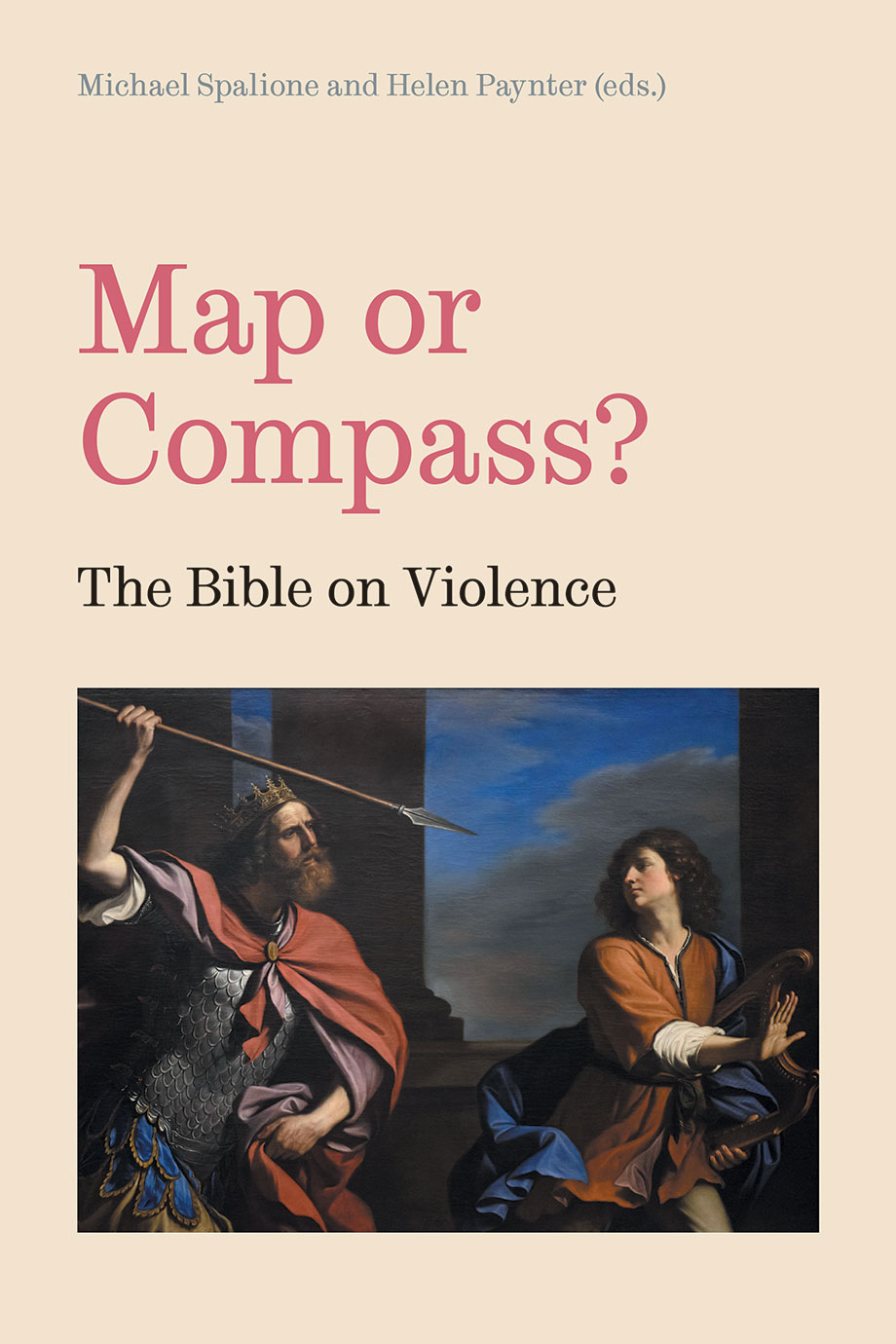


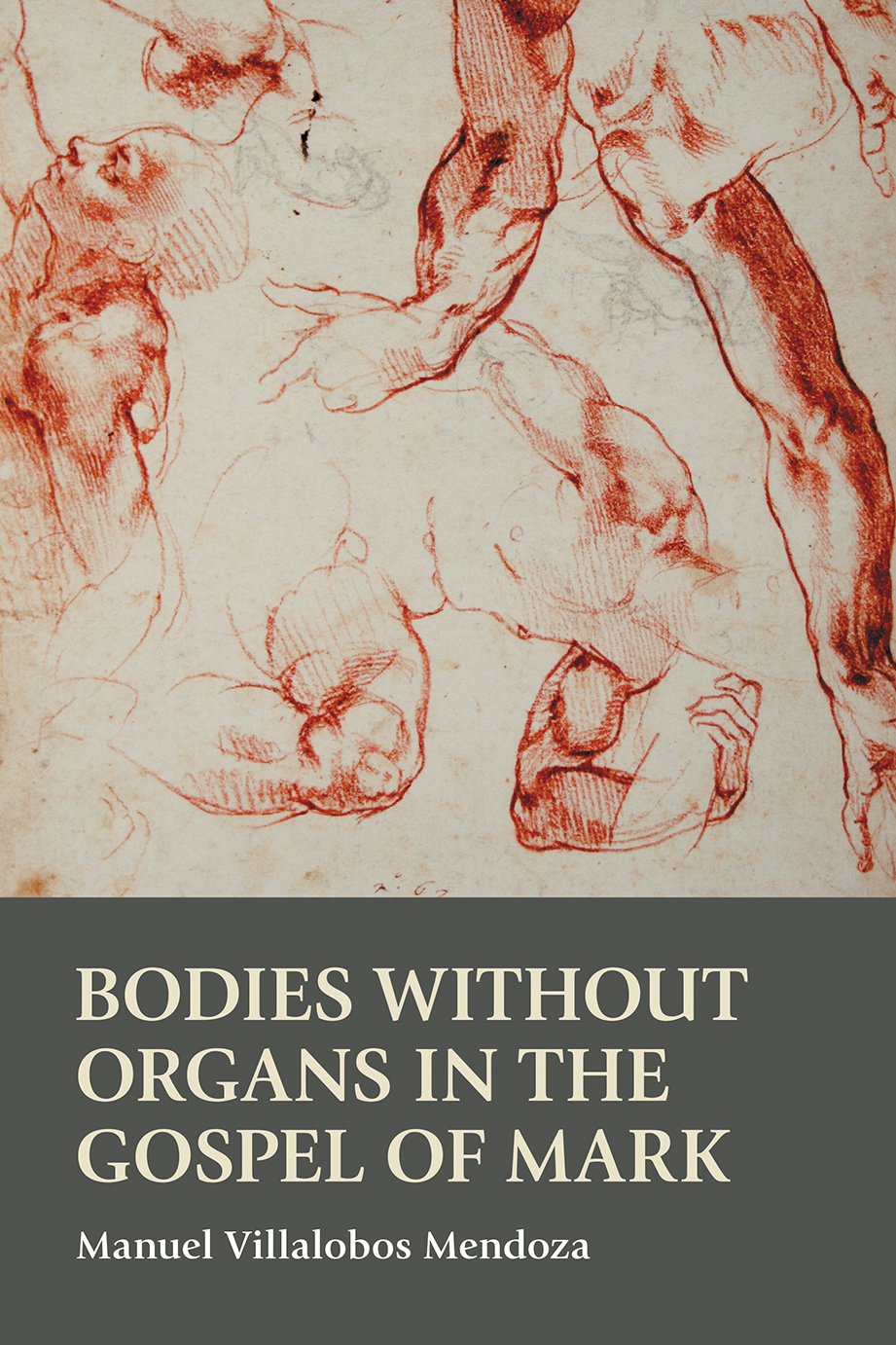
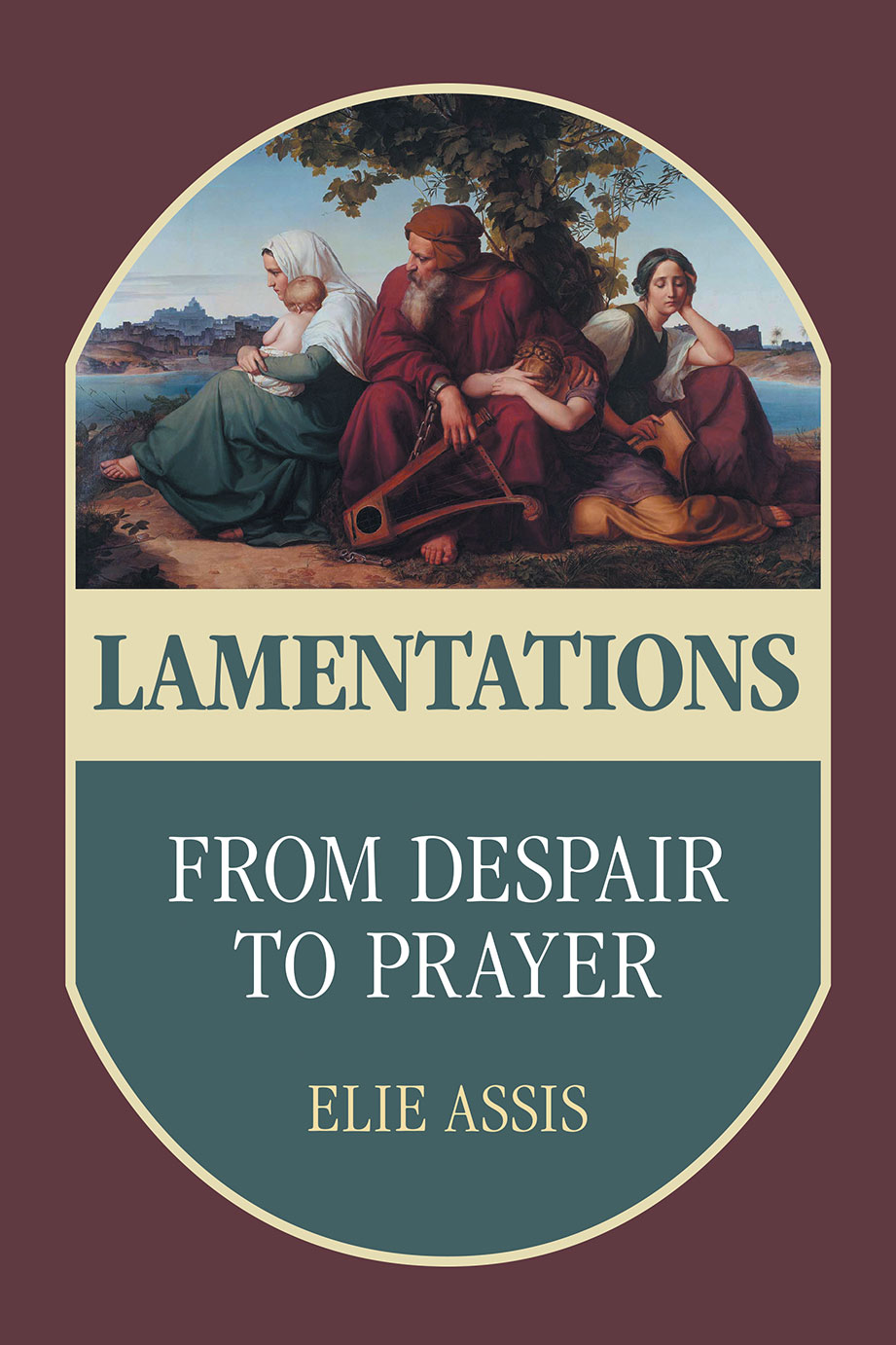
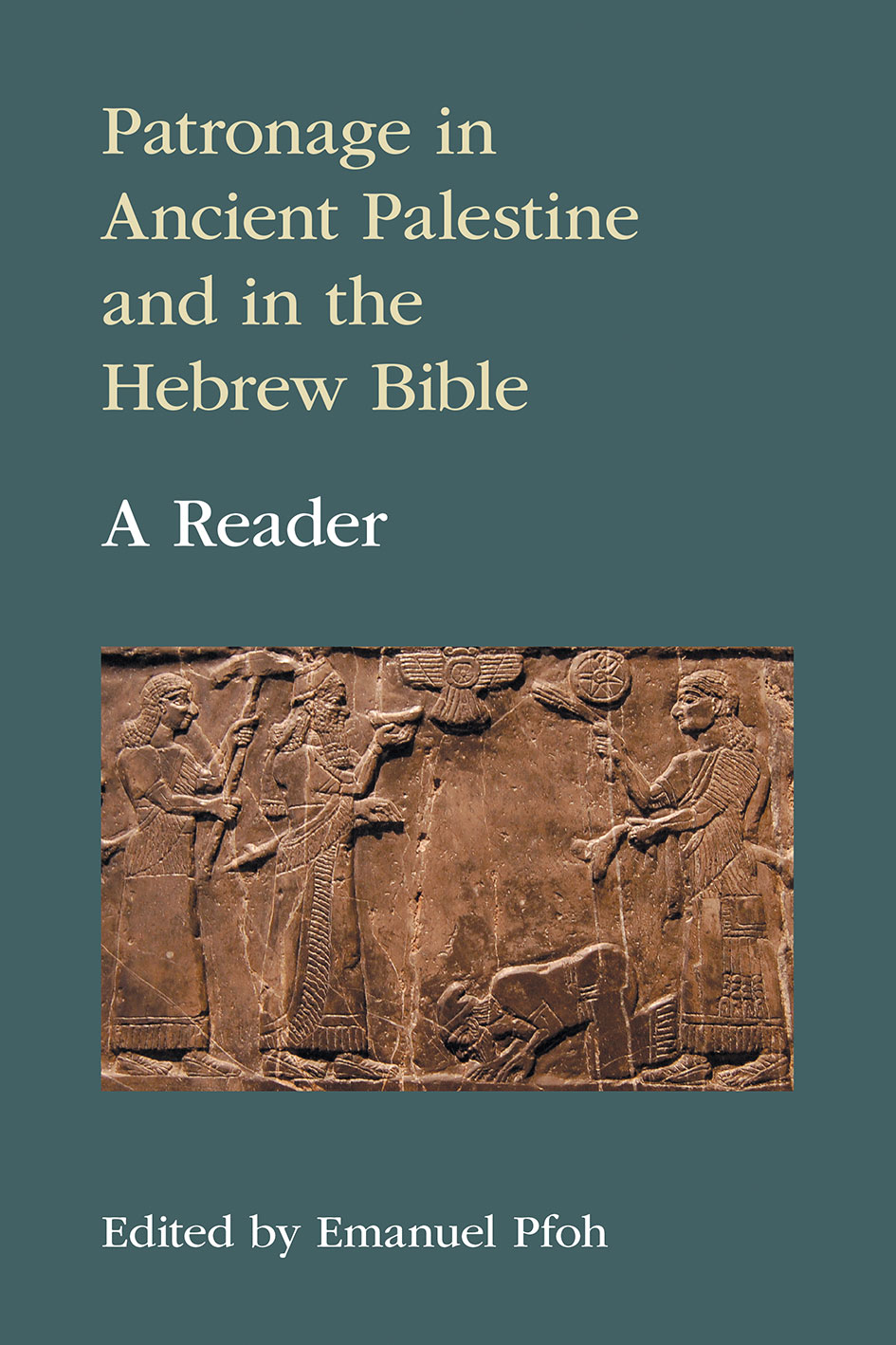
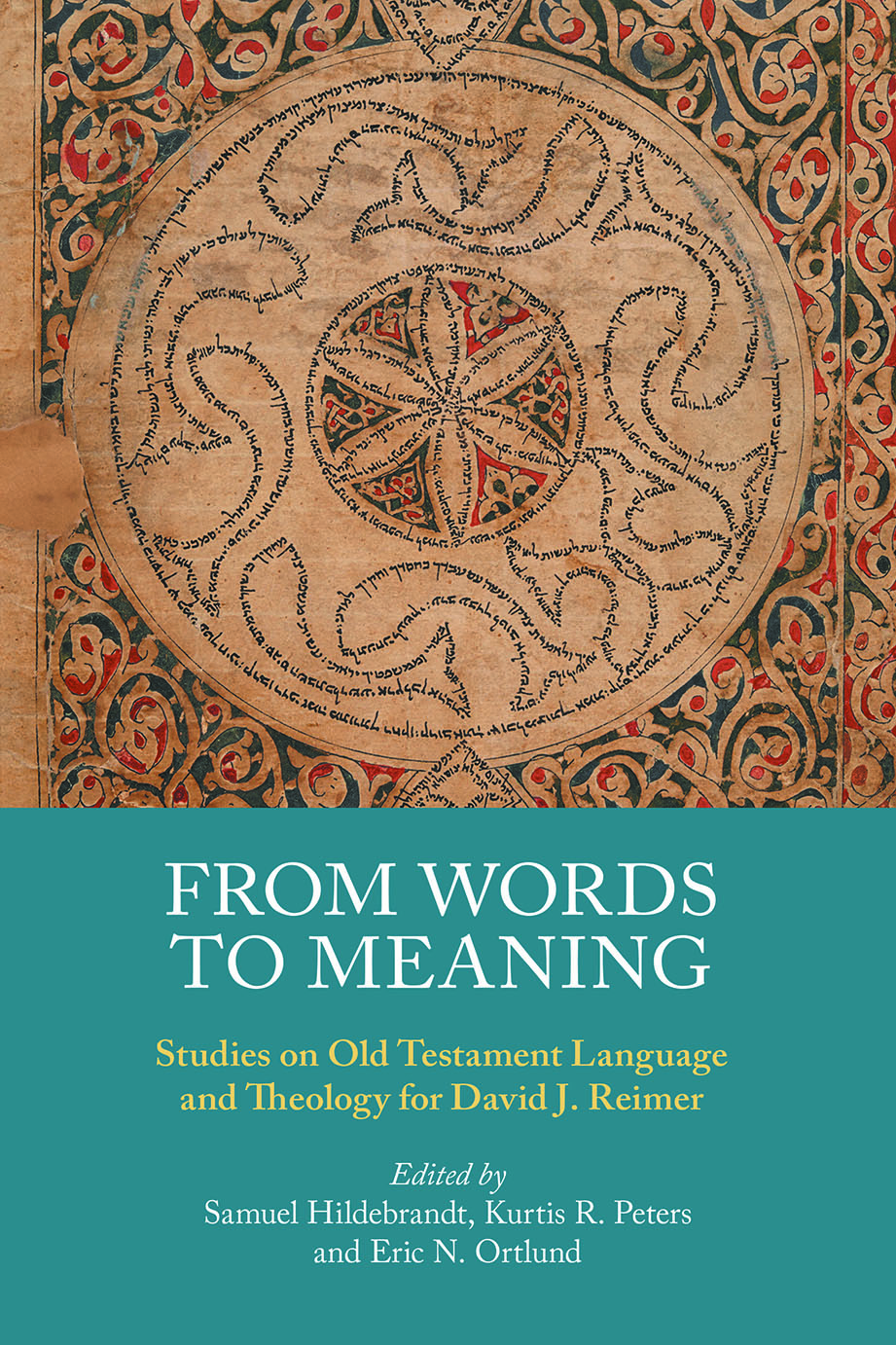
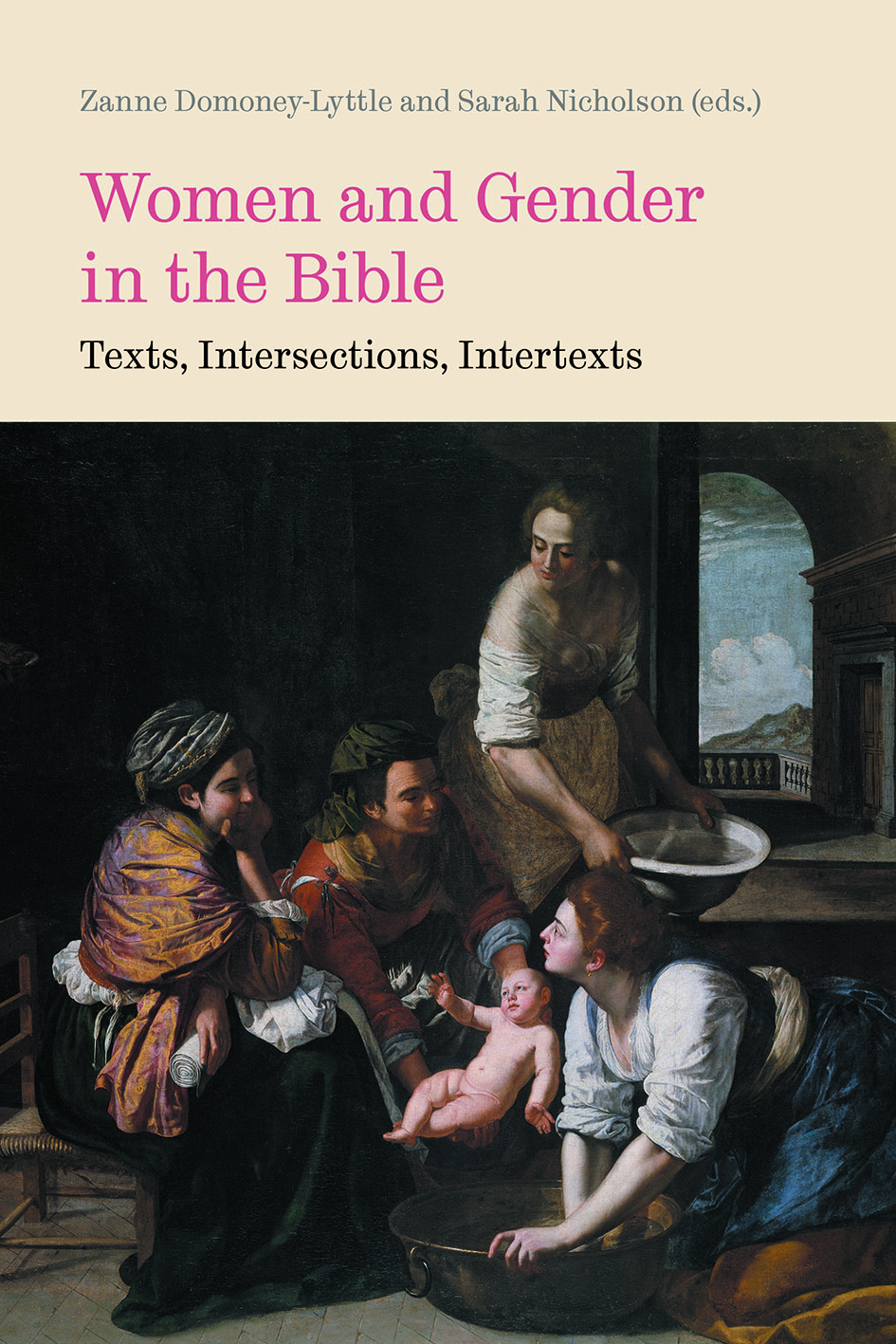
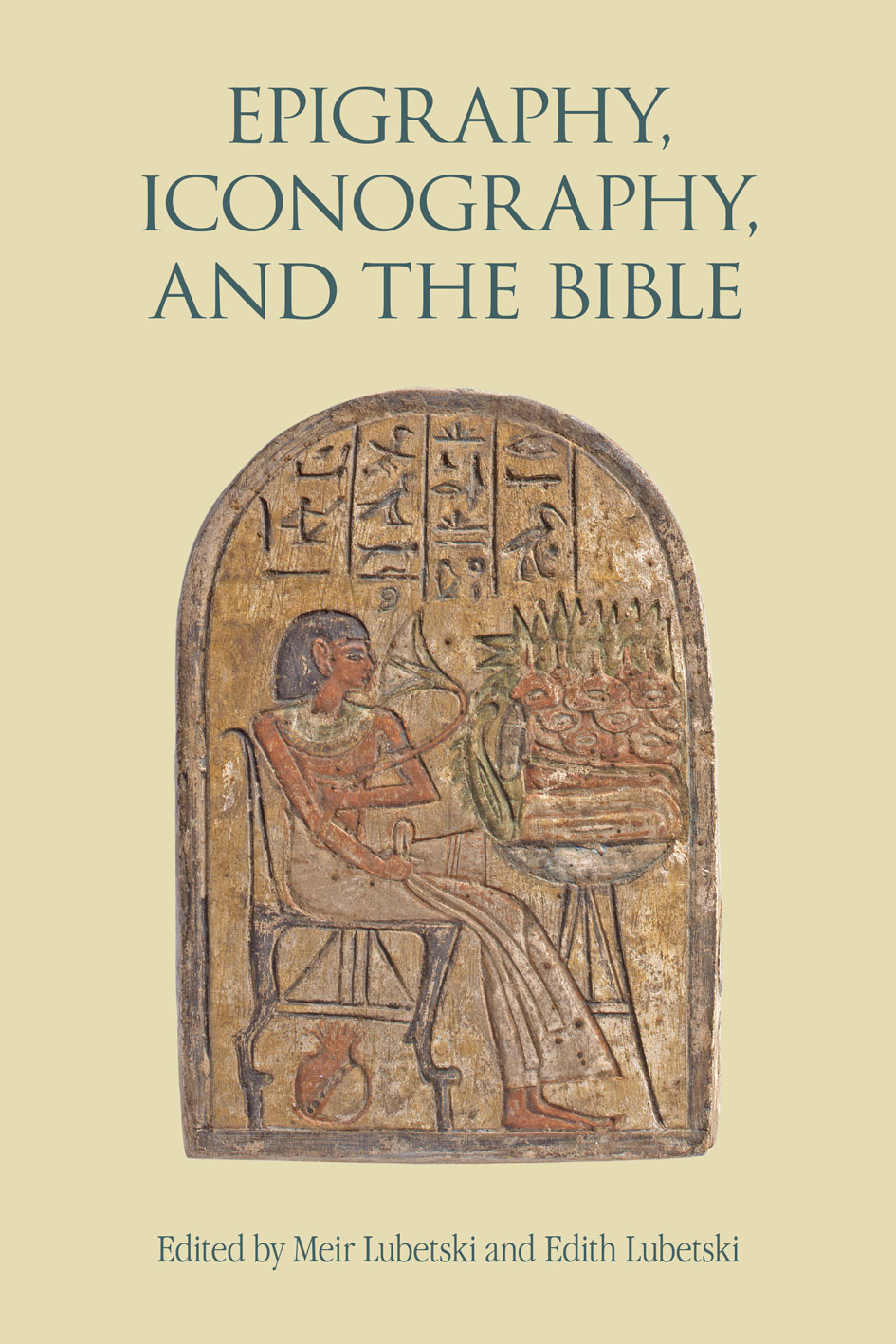
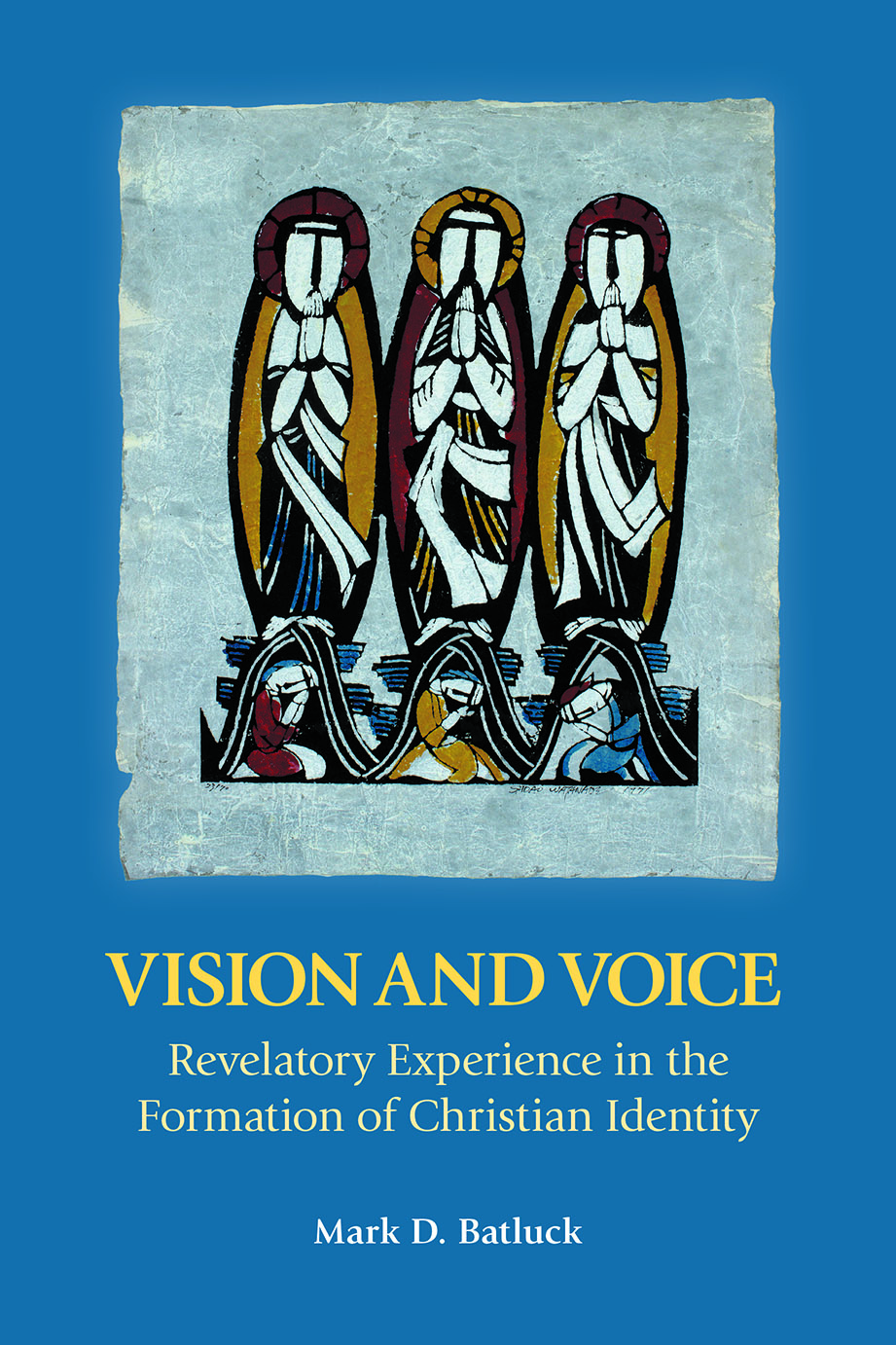
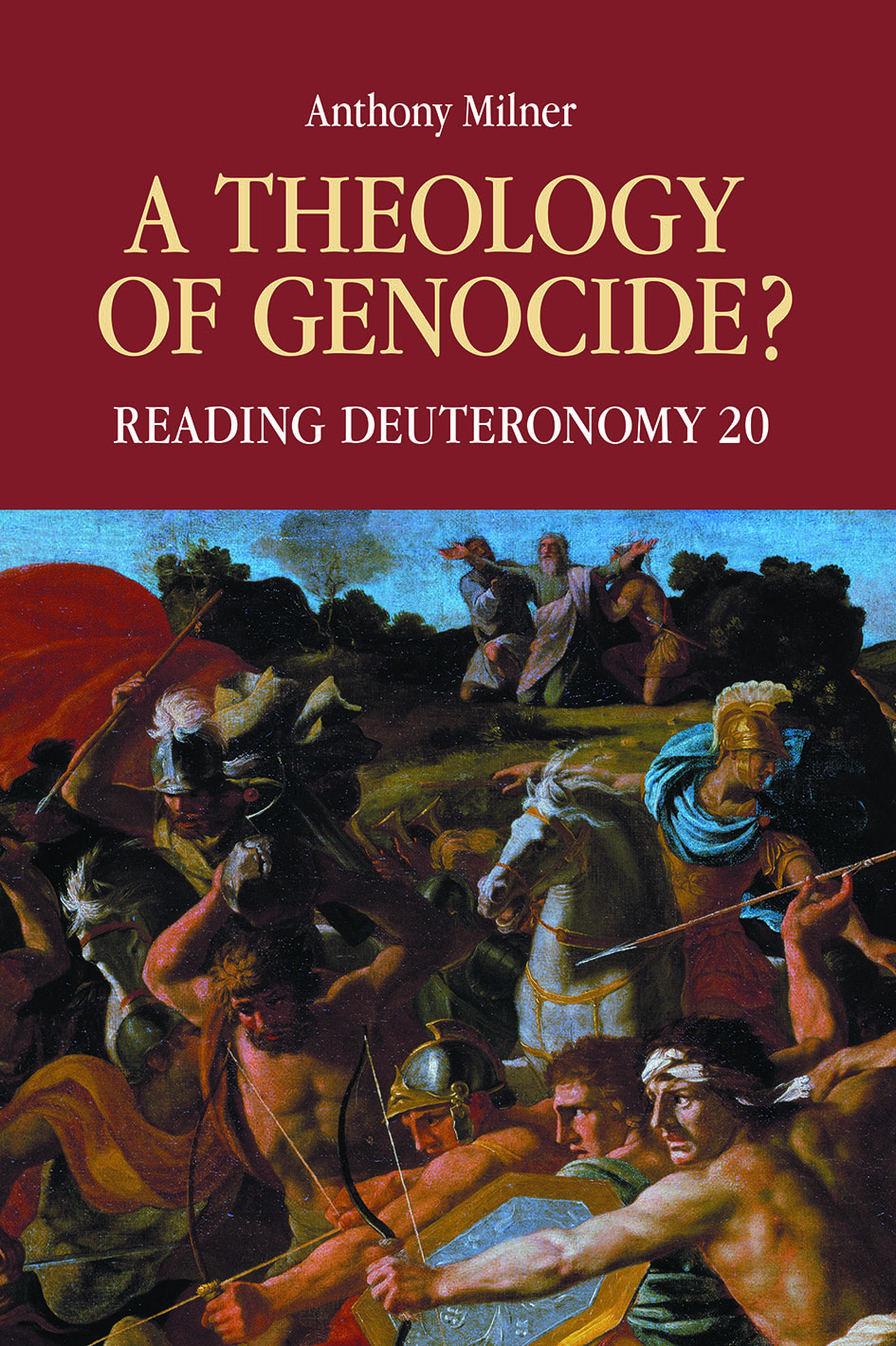
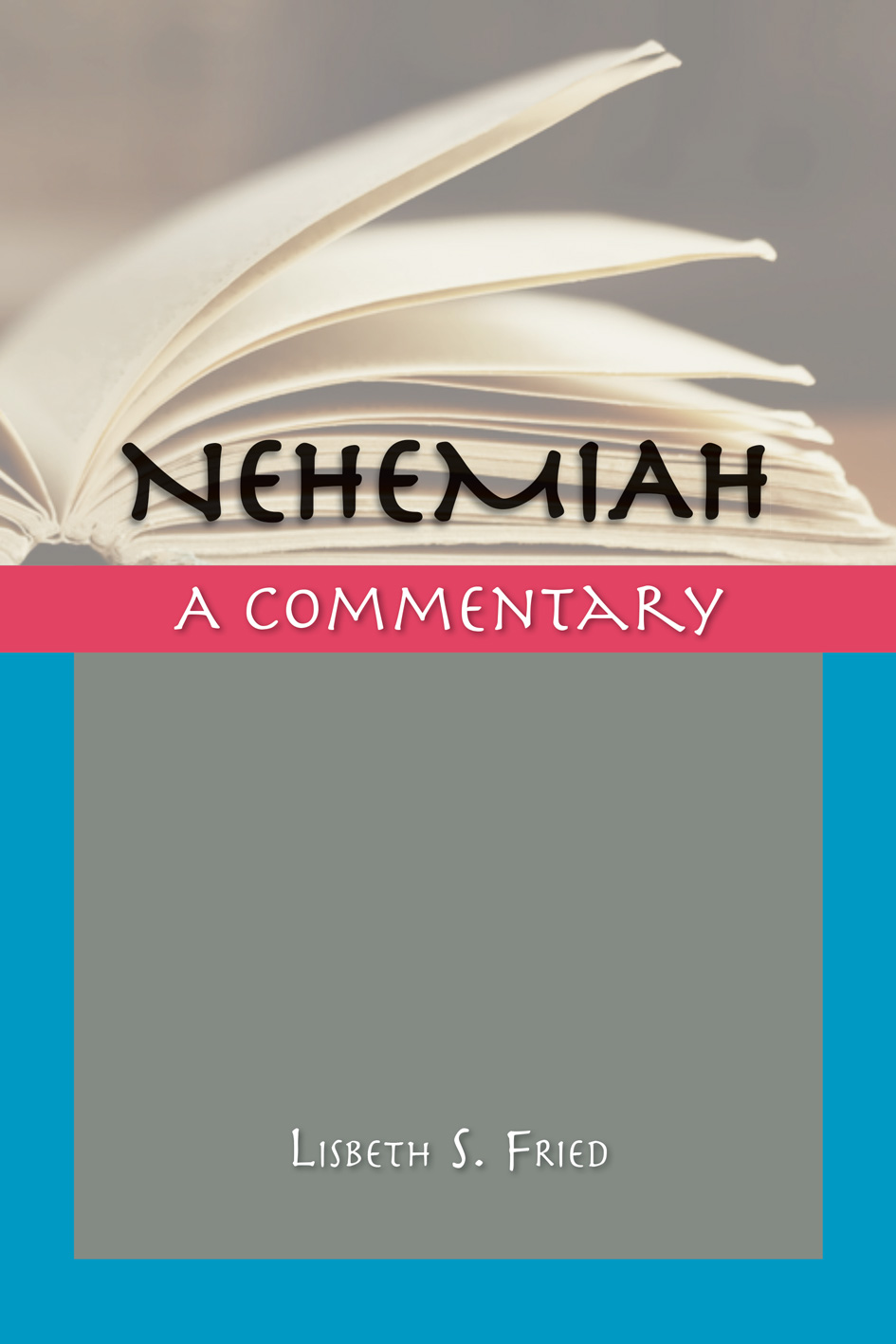
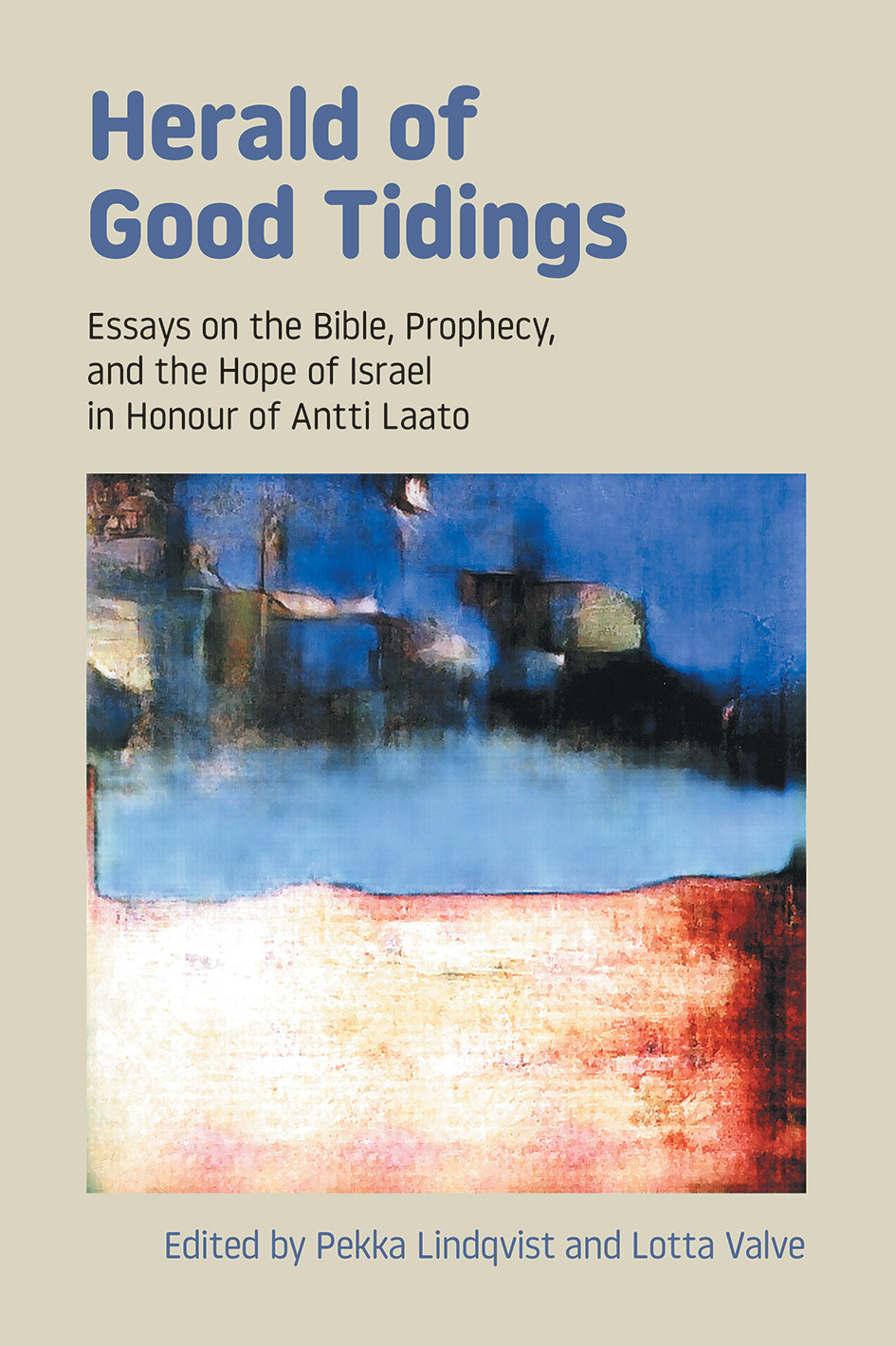
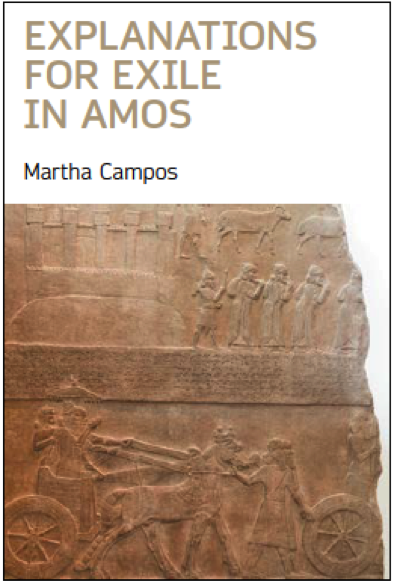
Obadiah and Haggai
Obadiah and Haggai